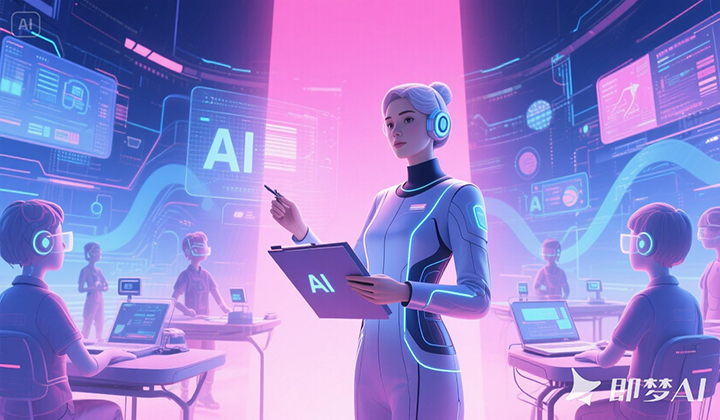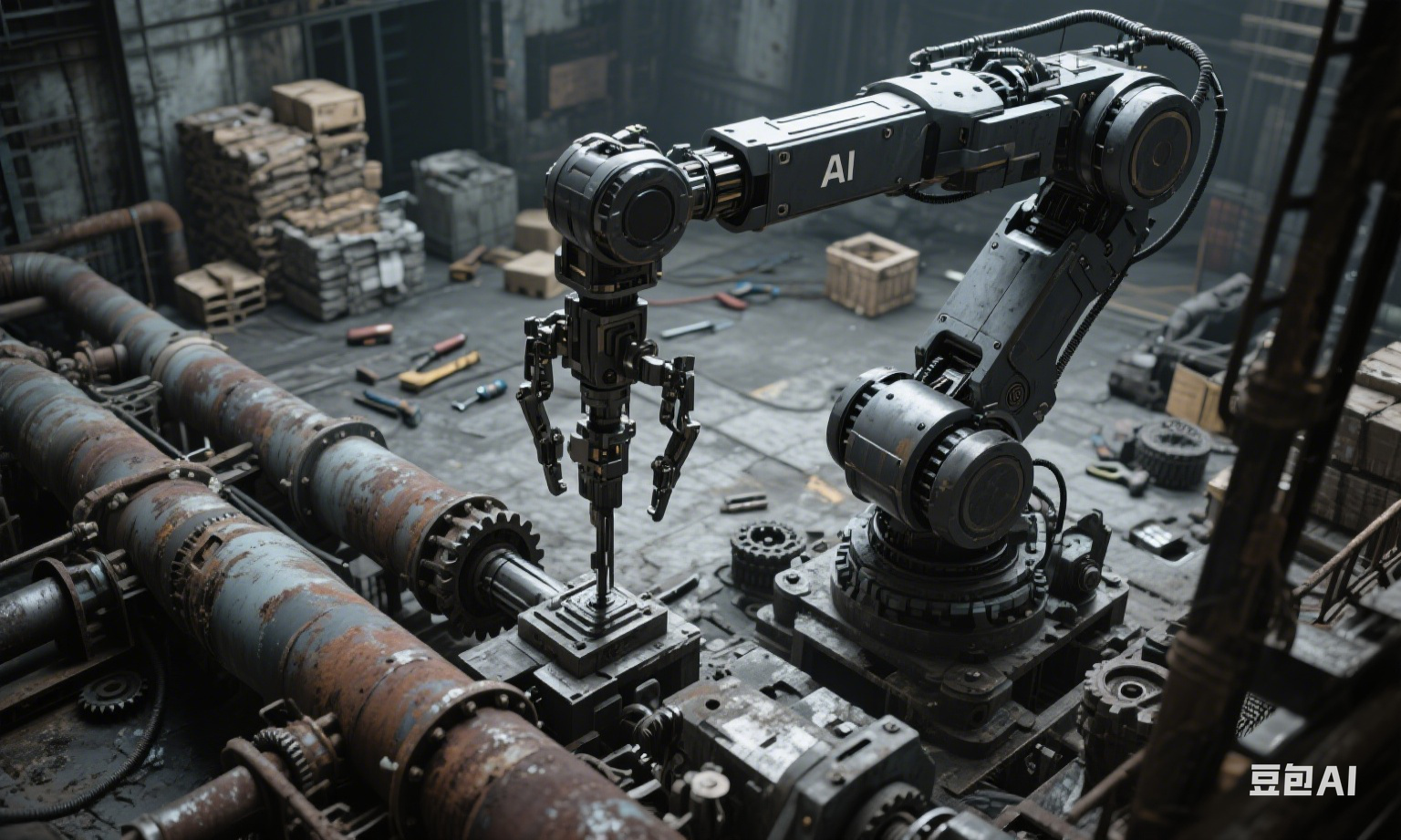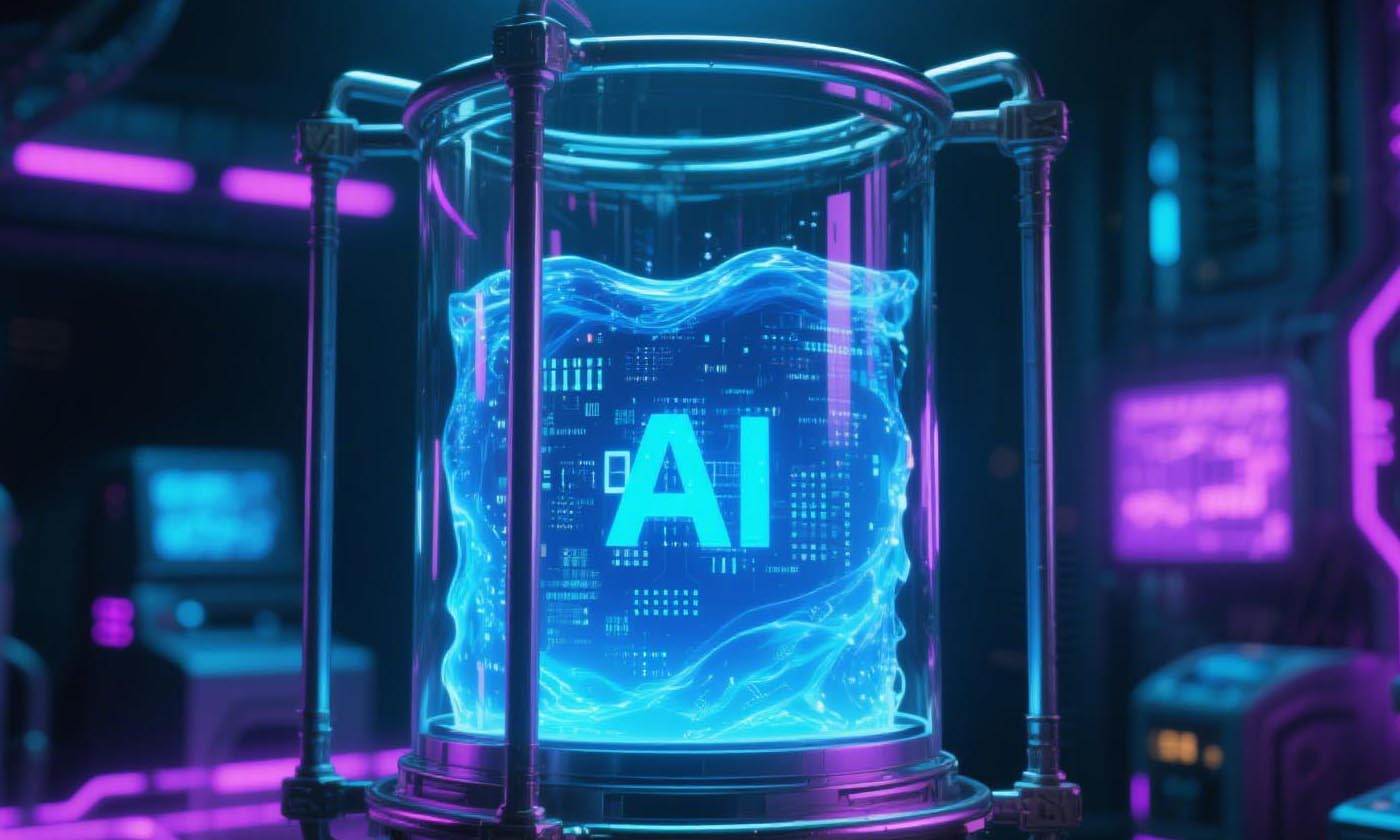How Do AI Agents Transform Traditional Hardware into Service Hubs?
When walkie-talkies evolve beyond simple communication tools and children’s toys start telling stories proactively, hardware devices are undergoing a silent revolution—AI agents are turning traditional hardware from functional carriers into service hubs. Through its innovative combination of "lightweight smart modules + scenario-based service brains + open empowerment platforms," Aoyun Cloud Innovation’s Ptalk AI is rewriting the value logic of hardware in industries like culture-tourism, education, and senior care, enabling ordinary devices to "understand needs, respond proactively, and evolve continuously," thus unlocking a new "device-as-service" business landscape.
1. The Compact Smart Core: Redefining Hardware’s "Service DNA"
The bottleneck of traditional hardware intelligence lies in how to achieve "uncompromised functionality with upgraded experience" within limited space. Ptalk AI’s solution is a leading "intelligent interaction core":
1. The Breakthrough of Millimeter-Scale Smart Modules
-
Ultra-Compact Design: The 25mm×45mm fifth-gen voice module integrates a self-developed noise-canceling chip and dual-microphone array, maintaining 93% command capture accuracy in 85dB noisy environments like subways and exhibitions, with a 1.2-second ultra-fast wake-up response that keeps devices always ready;
-
Enhanced Offline Capability: Supports 200+ basic service commands for local operation, ensuring smart toys can tell 300+ stories and senior care devices can make emergency calls even without an internet connection, completely eliminating cloud dependency.
2. The Growing Industry Knowledge Base
-
Dynamic Adaptation Technology: Scalable knowledge bases built on large models can complete knowledge migration for new industries within 72 hours—automatically loading scenic history for culture-tourism, generating subject question banks for education, and synchronizing medical guidelines for senior care;
-
Multimodal Interaction Upgrade: Supports not only major languages like Chinese, English, and Japanese but also dialects like Cantonese and Sichuanese, even adjusting voice styles according to user age (child mode with childlike voices + onomatopoeia, senior mode with slower speech and repetition).
3. Plug-and-Play Hardware Renewal
-
Universal Link Interface: Compatible with 99% of traditional device interfaces, allowing toy manufacturers to transform ordinary dolls into "conversational learning companions" within 4 weeks by simply embedding Ptalk AI modules, reducing production costs by 40%. An early education machine brand saw a 50% increase in product value and a surge in monthly usage from 30 minutes to 2.5 hours after adoption.
2. Scenario Reconstruction: When Hardware Starts "Understanding" User Needs
The true magic of Ptalk AI lies in evolving hardware from "command execution" to "proactive service," transforming it into an "invisible assistant" across scenarios:
1. Culture-Tourism: Hardware Becomes a "Walking Cultural Ambassador"
At Dunhuang Mogao Grottoes, Ptalk AI-powered smart guides create immersive experiences:
-
Location-Aware Narration: When visitors approach Cave 96, the device automatically triggers the story of "The Legend of the Nine-Story Building," restoring the Tang Dynasty construction scene via AR technology;
-
Emotion-Adaptive Services: Voiceprint recognition identifies visitor emotions, switching to "adventure mode" (unlocking cave Easter egg plots) for excited children or "leisure mode" (detailed mural interpretations) for senior visitors, extending average stay time by 40%.
2. Education: Hardware Becomes a "Never-Tiring Private Tutor"
Smart headphones for K12 English learning offer companionship beyond traditional devices:
-
Real-Time Voice Diagnosis: Pinpoint "th" sound pronunciation errors during student repetition, generating oral pronunciation animations for guidance;
-
Situational Dialogue Training: Simulates 10+ real-world scenarios like airport check-in and restaurant ordering, initiating conversations proactively ("What's your destination?") and deepening topics based on responses, increasing daily oral practice from 15 minutes to 1 hour.
3. Silver Economy: Hardware Becomes a "24/7 Health Sentry"
Smart bracelets piloted in nursing homes build a three-dimensional care network:
-
Abnormality Warning: Built-in fall detection algorithms achieve 98% accuracy, automatically calling emergency contacts within 10 seconds of detection and broadcasting real-time locations via voice;
-
Personalized Health Butler: Provides daily breakfast reminders like "Oatmeal is recommended today" based on medical reports, while pushing hypertension exercise videos, reducing manual care pressure by 60%.
3. Ecosystem Empowerment: From Isolation to Interconnectedness
Ptalk AI’s ultimate goal is to build an "equipment-as-node" intelligent ecosystem, enabling different hardware to collaborate via AI agents:
1. Low-Code Development Platform: Everyone Can Create Smart Agents
-
Agent Maker Tool: Visual interfaces allow drag-and-drop of "dialogue components," "knowledge modules," and "device interfaces," enabling enterprises to generate exclusive agents in 3 hours without programming—hotels create "room service assistants," museums develop "cultural relic Q&A experts," with development costs 80% lower than traditional methods.
2. Multi-Device Collaboration Network: Making Services "Flow"
In smart campus scenarios, a "hardware-as-service-chain" practice emerges:
-
Smart employee badges (Ptalk modules) detect abnormal body temperature, automatically Link turnstiles to restrict access, display disinfection reminders on conference room screens, and push voice notifications like "Please go to the infirmary first" via coffee machines—all within 30 seconds without manual intervention;
-
Smart tour vehicles, AR glasses, and rest pavilions in scenic areas share data via Ptalk AI. A visitor’s simple statement "I’m tired" triggers nearby rest pavilion reservations, hot drink recommendations, and scenic spot overviews, improving service efficiency by 70%.
3. Secure and Trustworthy System: Fortifying the Smart Ecosystem
-
Data Localization: Federated learning ensures 100% local storage of sensitive information like user health data and study records, with zero patient data uploads in healthcare scenarios;
-
Service Compliance Engine: Industry-specific content review libraries ensure 99.3% accuracy in culture-tourism explanations and 98.5% completeness in financial risk disclosures, guaranteeing secure and reliable commercial applications.
When Hardware Starts "Serving," What Should the Future Devices Look Like?
From button-operated walkie-talkies to route-recommending guides, from single-function toys to pronunciation-correcting learning partners—Ptalk AI’s practices reveal: The essence of hardware intelligence is not technological stacking but a reconstruction of service capabilities. When devices can "understand" user needs, "perceive" usage scenarios, and "remember" habits, they cease to be cold tools and become warm service portals.
In this era of intelligent interconnection, Ptalk AI empowers millions of hardware devices through an open ecosystem, making the vision of "every device as a dedicated service hub" a reality. When hardware starts actively thinking about "how to better serve users," we Usher in not just device upgrades but a New evolution in human-technology relationships—no longer humans adapting to devices, but devices understanding human hearts. This may well be the ultimate form of smart hardware.












